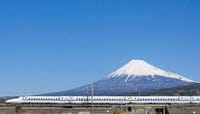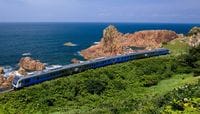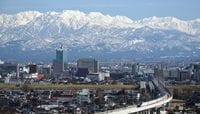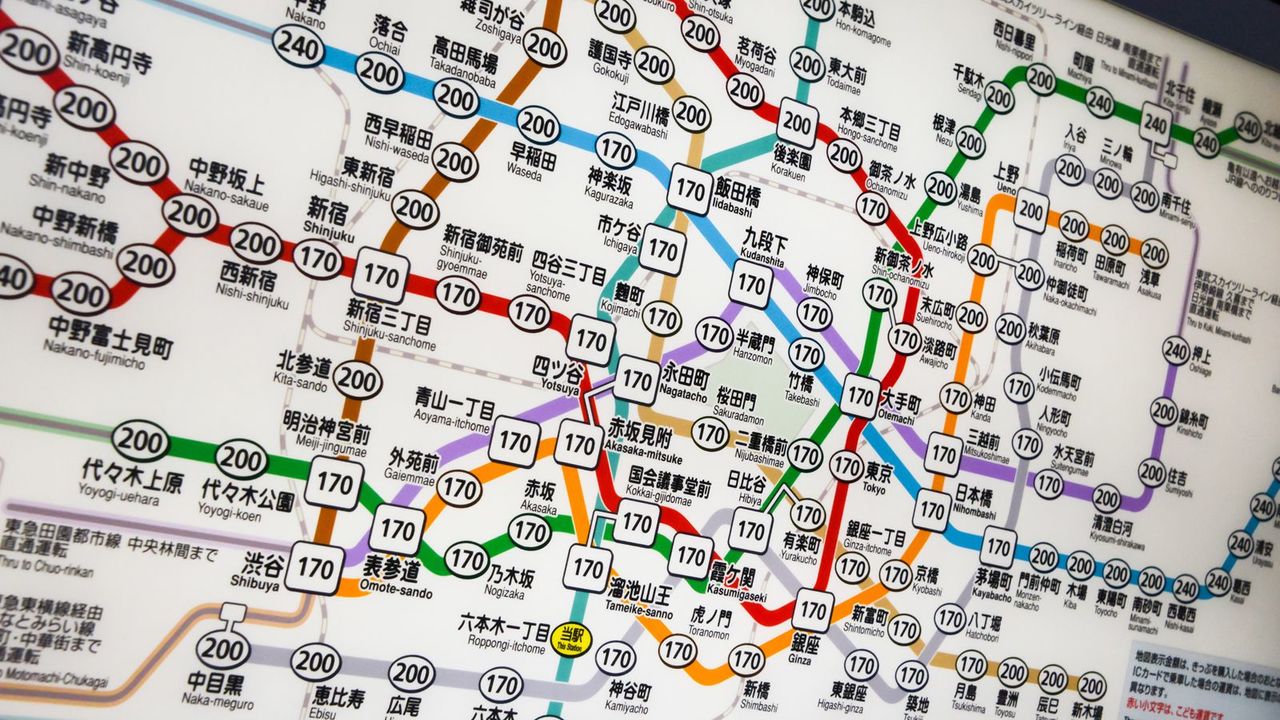
The public and private railway systems in metropolitan Tokyo are so intricately networked that passengers unfamiliar with the city feel like they have wandered into a maze, not to mention first-time visitors from abroad.
If you are one of them, rest assured that you will be safe and secure even if you get a little lost. The good news is that many of the stations you see spread apart on the multi-colored Tokyo railroad map are actually pretty close to each other. In addition, the great tips below will help you get around this city much more efficiently.
Here are the ten most convenient stations to change trains for those looking for optional ways to reach their desired destinations in Tokyo by rail more smoothly and quickly.
1. Many subway stations are just a short walk from the JR Tokyo station

Those who want to go to the Tokyo Skytree in Oshiage from the JR Tokyo station often use the following subway (Tokyo Metro) route as recommended in many guidebooks:
Tokyo (Marunouchi Line, red) → Otemachi (Hanzomon Line, purple) → Oshiage
That’s fine if you are at the Marunouchi side of the JR Tokyo station. But if you are at the opposite Yaesuguchi side, you will have to walk all the way to the Marunouchi side, passing beneath a dozen platforms of this terminal station. That’s quite a distance.
Instead, you should find the Nihombashiguchi exit at the north end of the Yaesuguchi side. After getting out of the JR Tokyo station complex from here, you will see a bus terminal and a main street named Eitai Dori in front of you. Cross this street, and walk along the JX Building.
Once you reach the T-junction, turn right and continue walking below the highway. On the right, you should find the B2 staircase that leads down to the Mitsukoshimae station of the Hanzomon Line. It’s just a three- to four-minute walk to here from the JR Tokyo station. What’s more, Mitsukoshimae is one stop closer to Oshiage than Otemachi on the same Hanzomon Line.
Another option for those at the Yaesuguchi side is to use the Ginza Line (orange) from Nihonbashi. To head to this subway station, don’t cross Eitai Dori but walk to the right along this boulevard. Then you’ll hit Sotobori Dori right away. As soon as you cross this street, look for the A3 staircase that takes you to the underground entrance of the Nihonbashi station.
By the way, if you are at the Marunouchi side, the Nijubashimae station of the Chiyoda Line (green) is also only a short three- to four-minute walk from the JR Tokyo terminal building. The Chiyoda Line is handy if you want to go directly to bustling areas like Akasaka and Omotesando for shopping, dining, or entertainment.
2. Shortcut to the Keiyo Line platform in the JR Tokyo station
If you are in central Tokyo and want to go to either Tokyo Disneyland or Makuhari Messe by train, you must first get to the JR Tokyo station and change to the Keiyo Line. However, the platform of the Keiyo Line is far from the other lines that run through the Tokyo station. You’ll need to walk for at least five minutes inside this station even if you use the moving walkway.
Not many people know that the Keiyo Line can also be accessed from the JR Yurakucho station, which is the next stop from Tokyo on the JR Yamanote Line or the Keihin Tohoku Line. If your starting point is closer to Yurakucho than Tokyo, you should definitely get off at Yurakucho. Exit this station from the north end called Kyobashi-guchi, and walk across the street heading toward the Tokyo Kokusai (or International) Forum. In about four minutes, you’ll reach the entrance to the Keiyo Line of the JR Tokyo station. Strange but true!
3. The JR Yurakucho station is also close to the subway stations Hibiya and Ginza
From the JR Yurakucho station, you can easily walk to two major intersecting subway stations, Hibiya and Ginza.
Go to the Hibiya station if you want to ride on the Toei Mita (blue), Hibiya (silver), or Chiyoda Line. The closest from JR Yurakucho is the entrance to the Hibiya Line.
However, the Ginza station would be better if your destination is on the Marunouchi, Hibiya, or Ginza Line. The closest line from JR Yurakucho is the entrance to the Marunouchi Line.
4. From the JR Akihabara station, three subway stations, Iwamotocho, Awajicho, and Suehirocho, are within walking distance
There are three stations named Akihabara, which are managed separately by three independent railway operators: JR East, Metropolitan Intercity Railway Company (MIR), and Tokyo Metro. Don’t be confused because they are all located in the same complex, right above or below one another.
The biggest and oldest station is JR Akihabara, which serves as the connection to the Yamanote Line, the Keihin Tohoku Line, and the Chuo-Sobu Line. The second oldest is the Hibiya Line subway station. MIR Akihabara is the most recent addition, constructed as an underground terminal station for passengers using the Tsukuba Express.
In addition to these three adjacent stations, Akihabara is also close to the Iwamotocho station (the Toei Shinjuku Line). The fastest way to get there on foot from the Akihabara station complex is to get to the ground floor through the No. 5 exit of the Hibiya Line Akihabara station, cross the bridge over the Kanda River, and walk briefly along Showa Dori.
If you don’t mind strolling for five minutes or so, you can also reach the Awajicho station (the Marunouchi Line) by heading south on Chuo Dori from the Denki-gai exit of the JR Akihabara station and crossing the bridge over the Kanda River or the Suehirocho station (the Ginza Line) by walking in the opposite direction (north) along the same street (Chuo Dori).
5. The Ningyocho station and the Suitengumae station are head-to-head
If you are in the Roppongi area and want to go to the Tokyo Skytree by train, several subway routes take you to the Oshiage station, which would be your destination. Among them, two routes require you to change trains once after hopping on the Hibiya Line subway at the Roppongi station. Either get off at the Suitengumae station and switch to the Hanzomon Line or get off at the next stop, the Ningyocho station, and change to the Toei Asakusa Line (pink).
You can also get off at Suitengumae, and walk to Ningyocho to use the Toei Asakusa Line if you feel like breathing some fresh air outside for a short while in-between the rides. You won’t believe how close the Suitengumae and Ningyocho stations are to each other.
6. Higashi-nihonbashi, Bakuroyokoyama, Bakurocho, and Asakusabashi are neighbors
There is an underground passageway that you can use to walk between two subway stations of different lines, the Higashi-nihonbashi station of the Toei Asakusa Line and the Bakuroyokoyama station of the Toei Shinjuku Line (leaf). This walkway is also connected to the Bakurocho station of the JR Sobu Kaisoku Line. From the Kinshicho side of this station, Asakusabashi, the next stop on the local JR Sobu Line, is also only a three- to-four-minute walk away.
7. The Ueno area is one big family of closely-knit train stations
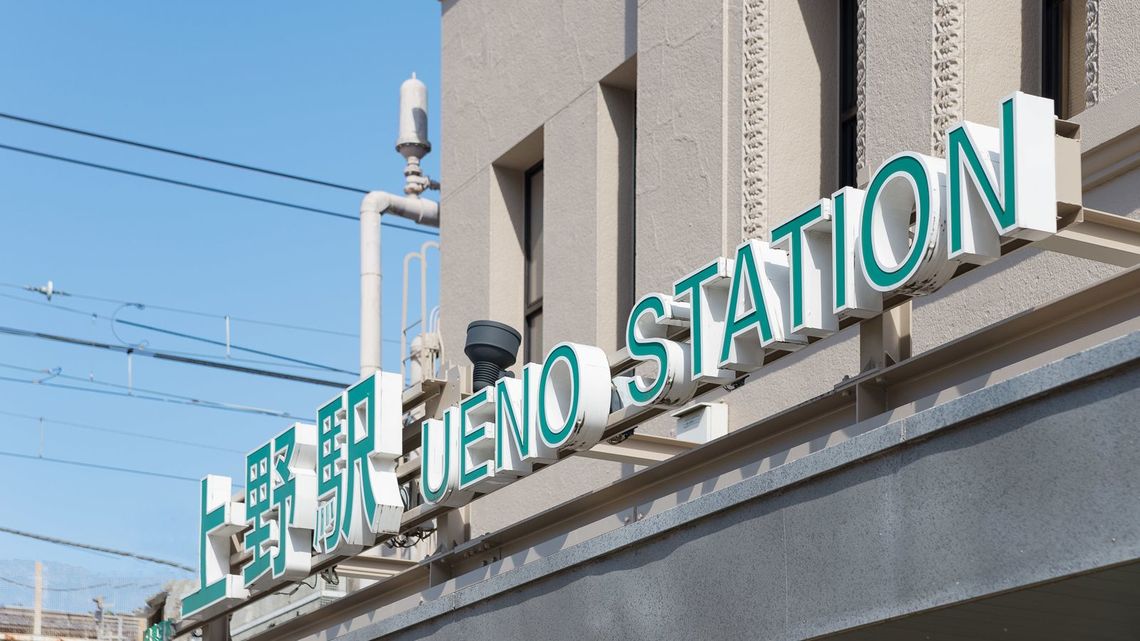
Most travelers who want to get into central Tokyo as soon as possible after landing at Narita International Airport buy an express train ticket to the Ueno station, the terminus of the Keisei Skyliner.
From the Keisei Ueno station, an underground passageway leads to a Tokyo Metro station named Ueno-hirokoji (the Ginza Line). Although it takes four to five minutes to get to this subway station on foot, you don’t need to worry about getting wet even if you arrive on a rainy day. If you prefer the Chiyoda Line instead of the Ginza Line, the Yushima station is located in the west of Ueno-hirokoji, which can be reached within three minutes by walking.
Your subway options will triple if you decide to take the JR Yamanote or Keihin-Tohoku Line from Ueno to the next stop, the Okachimachi station, which is actually only a few minutes away even on foot. Once you are in Okachimachi, you will be able to choose from Ueno-okachimachi on the Toei Oedo Line (magenta), Naka-okachimachi on the Hibiya Line, or Ueno-hirokoji on the Ginza Line, based on where your destinations are in downtown Tokyo. In addition, an underground walkway links these three stations.
8. Stations on the branch where the JR Yamanote and Keihin-Tohoku lines run parallel with the Toei Asakusa Line
Hamamatsucho and Tamachi are two JR stations that can be accessed by either the Yamanote Line or the Keihin-Tohoku Line
Running parallel along the branch between these two aboveground railroad stations is the Toei Asakusa subway line with stations named Daimon and Mita, which are within close walking distance to Hamamatsucho and Tamachi, respectively.
9. The Oshiage station on the Hanzomon Line and the Tokyo Skytree station on the Tobu Line are in the same complex
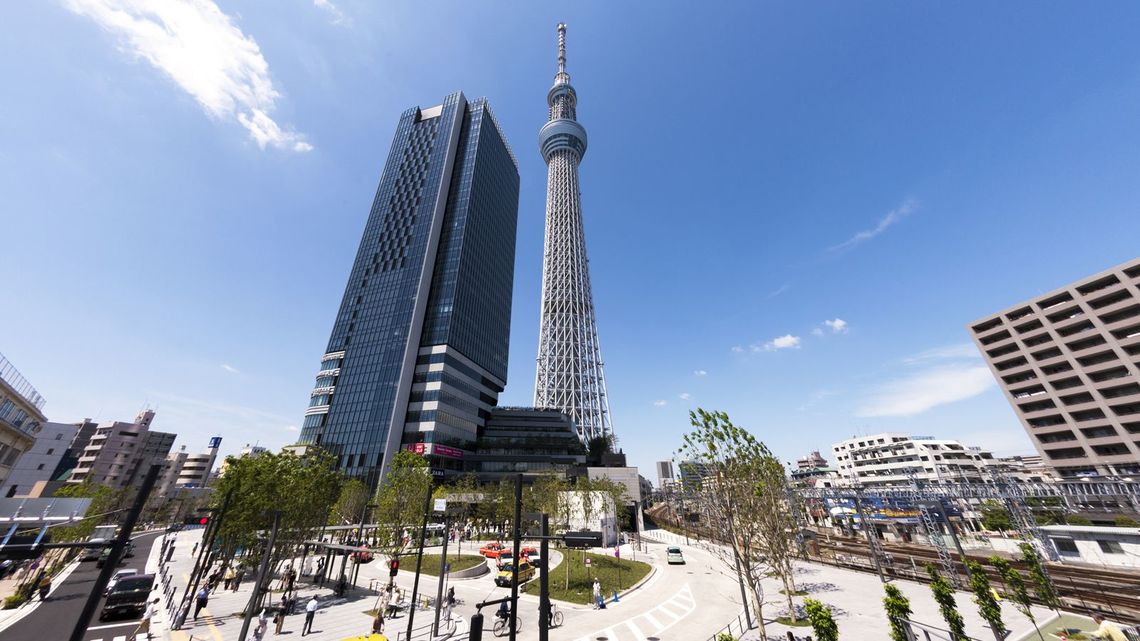
As mentioned earlier, if you want to visit the Tokyo Skytree by subway, you should pick a route that takes you to your destination, the Oshiage station. This station is housed in the underground levels of the commercial complex of the Tokyo Skytree.
In this complex, there is another station named Tokyo Skytree (formerly Narihirabashi), which serves as the destination for train passengers using the Tobu Line, which is operated by a different private railway company. In other words, people can go back and forth between these two stations by walking through the shopping mall below the tower without going outside.
10. The Zoshigaya station on the Fukutoshin Line is closer to the Kishibojinmae station than the Zoshigaya station on the Toden Arakawa Line
There is a subway station named Zoshigaya on the Tokyo Metro Fukutoshin Line (brown), which is only one stop from Ikebukuro, the city center for Tokyoites in the northwest. There is another station with an identical name that is managed by the tramway operator of the Toden Arakawa Line.
However, the Toden Zoshigaya station is much farther away from the Tokyo Metro Zoshigaya station (a good seven-minute walk) compared to the next stop, the Toden Kishibojinmae station. So don’t be fooled by the station names even if they sound similar or are exactly the same as in this case.
As you can see, many train stations in central Tokyo have completely different names but are actually right next to each other or just a few blocks apart at the most, including the following pairs:
• Kasuga (Toei Mita Line) and Korakuen (Marunouchi Line)
• Sendagaya (Chuo Line) and Kokuritsu-kyogijo (Oedo Line)
• Harajuku (Yamanote Line) and Meiji-jingumae (Chiyoda Line/Fukutoshin Line)

